Nestled in the heart of New Delhi, the Red Fort (Lal Qila) stands as a monumental symbol of India’s Mughal past. A UNESCO World Heritage site, this architectural masterpiece is a must-see for those eager to explore India’s rich history, art, and culture. As you walk through its grand halls, expansive courtyards, and intricate gateways, you’re not just stepping into a fort; you’re immersing yourself in the grandeur of the Mughal Empire’s golden age.
1. A Glimpse into Mughal Glory
Commissioned by Emperor Shah Jahan between 1638 and 1648, the Red Fort was originally designed as a royal residence. Constructed from red sandstone, the fort’s towering walls stretch 33 meters high, covering an area of over 255 acres. The fort’s design is a stunning blend of Persian, Timurid, and Indian architectural styles, reflecting the opulence of the Mughal era. The moment you step inside, the scale and beauty of the fort will leave you speechless.
2. Key Attractions Within the Fort
Diwan-i-Aam (Hall of Public Audience):
This grand hall was where the emperor addressed the public. Featuring intricate arches and pillars, the hall is a prime example of Mughal artistry. From here, visitors enjoy a sweeping view of the outer court, where royal audiences were held.
Diwan-i-Khas (Hall of Private Audience):
Reserved for private affairs, this hall is a stunning example of Mughal luxury, adorned with marble walls and precious gemstones. It was here that the emperor met with high-ranking officials and foreign dignitaries. The Peacock Throne, one of the empire’s most famous symbols of wealth, was once housed here.
Mumtaz Mahal and Rang Mahal:
The Mumtaz Mahal, named after Shah Jahan’s beloved wife, was a palace where royal women resided. The Rang Mahal, or Palace of Colors, is renowned for its vivid frescoes and opulent design, showcasing the artistic brilliance of the Mughal era.
Lahore Gate:
This majestic gate, named after the city of Lahore, serves as the primary entrance to the fort. It stands as a symbol of Mughal power and is frequently used as the backdrop for the Independence Day celebrations, during which the Prime Minister of India hoists the national flag.
3. The Fort’s Cultural Significance
The Red Fort is not just an architectural marvel, but also a significant cultural landmark. Over the centuries, it has borne witness to pivotal events battles, the rise and fall of empires, and changing political climates. It played a central role in India’s First War of Independence in 1857, emerging as a symbol of resistance against British colonial rule. After the British took control of the fort, it was used as a military headquarters, but with India’s independence in 1947, the fort was reclaimed as a symbol of national pride.
4. The Red Fort Museum
For history lovers, the Red Fort Museum offers a fascinating journey into the past. It boasts a rich collection of artifacts, paintings, and manuscripts that span the Mughal era. The exhibits provide a deeper understanding of the fort’s cultural and political significance, giving visitors a glimpse into the life of Mughal royalty.
5. The Markets and Streets of Old Delhi
After exploring the fort, step outside into the lively streets of Chandni Chowk, a bustling market area that offers an immersive experience of Old Delhi. From aromatic spices and vibrant textiles to handcrafted jewelry and delicious street food, this market is the perfect place to continue your exploration of India’s rich cultural heritage.
6. Best Time to Visit
While the Red Fort is open year-round, the best time to visit is during the cooler months from October to March. For a truly unique experience, consider visiting on Independence Day (August 15), when the fort is beautifully illuminated, and the national flag is hoisted in a grand ceremony. Additionally, the fort offers light and sound shows in the evenings, which bring its fascinating history to life through dramatic storytelling and visuals.
7. How to Reach the Red Fort
The Red Fort is centrally located and can be easily accessed by public transportation, including the Delhi Metro. The nearest metro station is Chandni Chowk, which is just a short walk away from the fort’s main entrance.
For those traveling by car, parking facilities are available nearby. However, due to the bustling nature of Delhi’s streets, you may prefer to take a rickshaw or local taxi for a more authentic experience.
For an unforgettable experience at the Red Fort, check out skyroutetravel.in

 Canada
Canada
 Sri Lanka
Sri Lanka
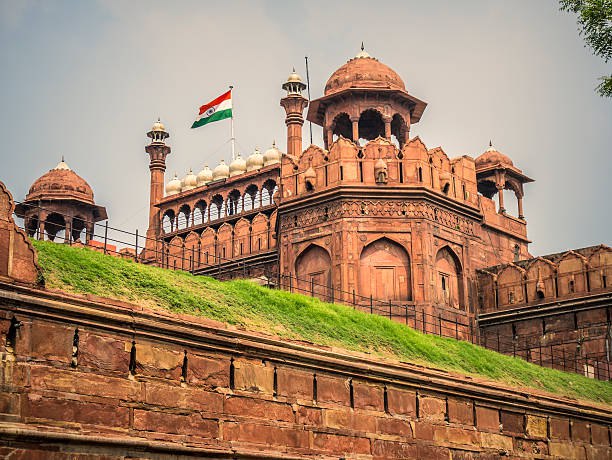
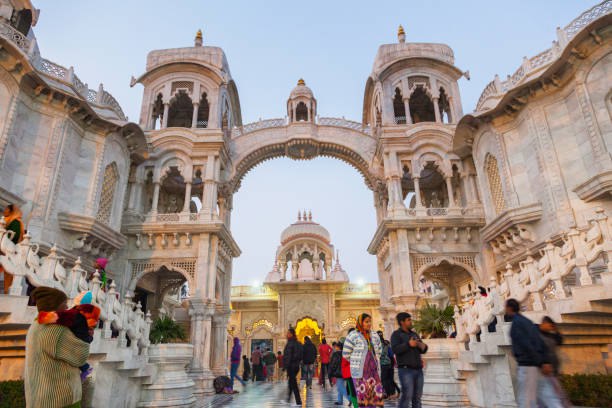
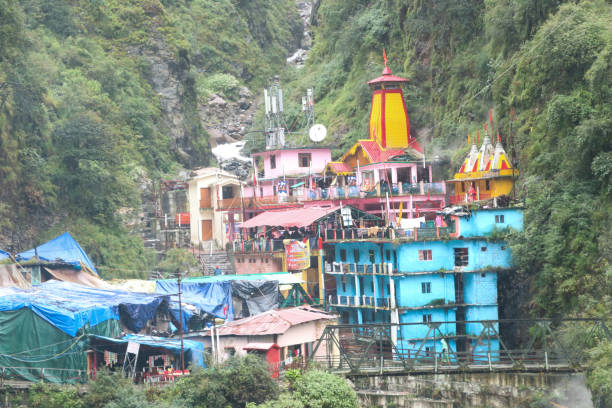
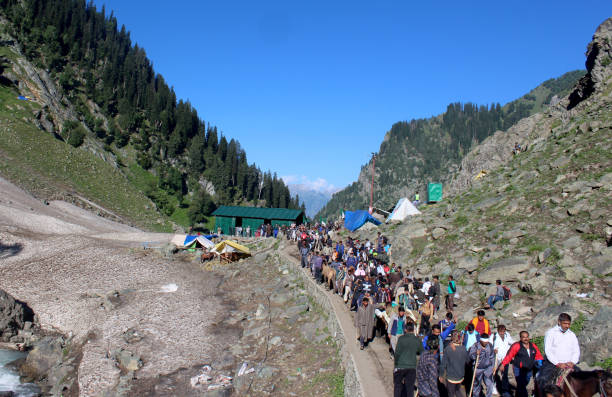
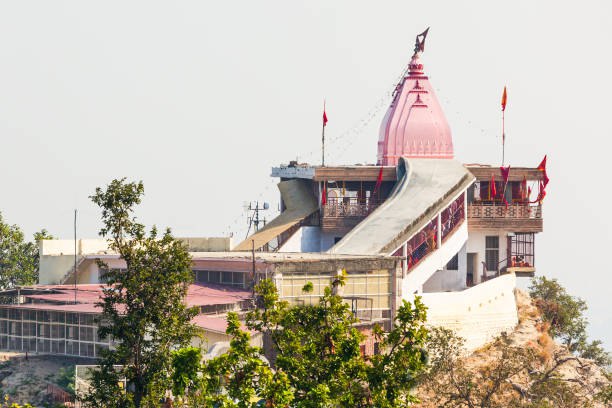
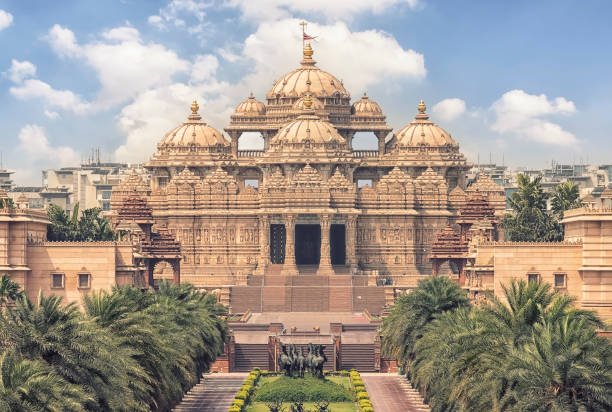
0 comments for this post